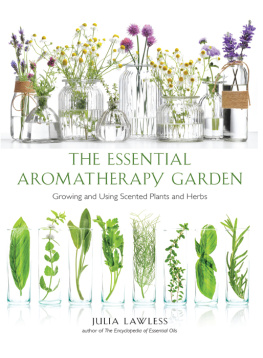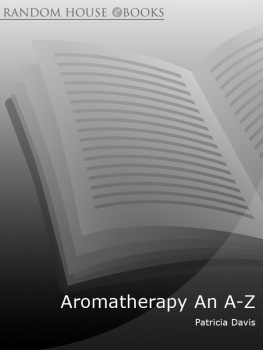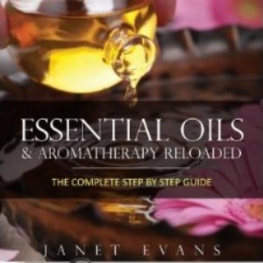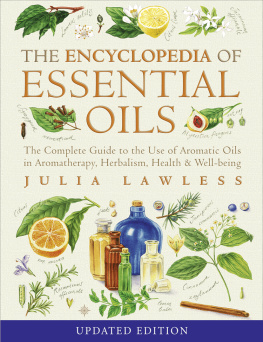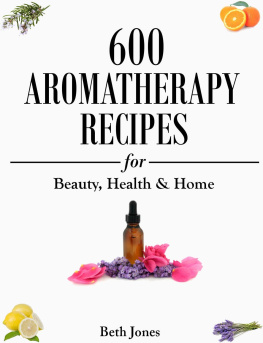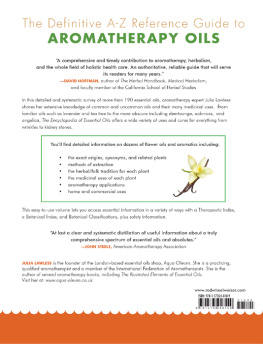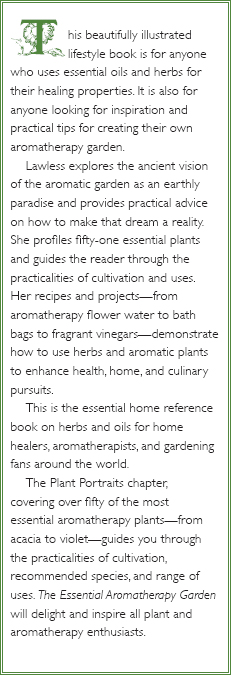FOREWORD
P erfume has the most extraordinary power to affect emotion and mood. It can also stimulate memory in ways varying from the intimate and nostalgic to the downright disagreeable. And most of this is based on the essential oils derived from plants, or synthesised in imitation of what they produce naturally.
Entire civilisations such as that of ancient Egypt (and, to some extent, medieval France) have based their religious and social functioning around perfume. In Britain, the importance of the aromatic in medieval times (when scent was thought to be the main defence against disease) seems to be reemerging in the greater and greater desire for perfumed products used in the household, in health care and, of course, in the garden.
I am therefore delighted that Julia Lawless has written this practical guide to growing and using scented plants while placing their use in a sound historical context.
It is also good to know that any encouragement of the essential oil industry supports the economics of countries such as China, Brazil, Turkey, Indonesia, India, Morocco and Egypt. And, unlike medicinal herbs (the vast majority of which are taken from the wild), these materials are cropped, making their use far less of a conservation concern.
I wish the reader joy in the creation of a scented haven. May it stimulate many happy memories!
Sue Minter
CURATOR, CHELSEA PHYSIC GARDEN
RIGHT:Medicinal plants have been grown at Chelsea Physic Garden since the seventeenth century. Today there are displays of over 400 medicinal species.
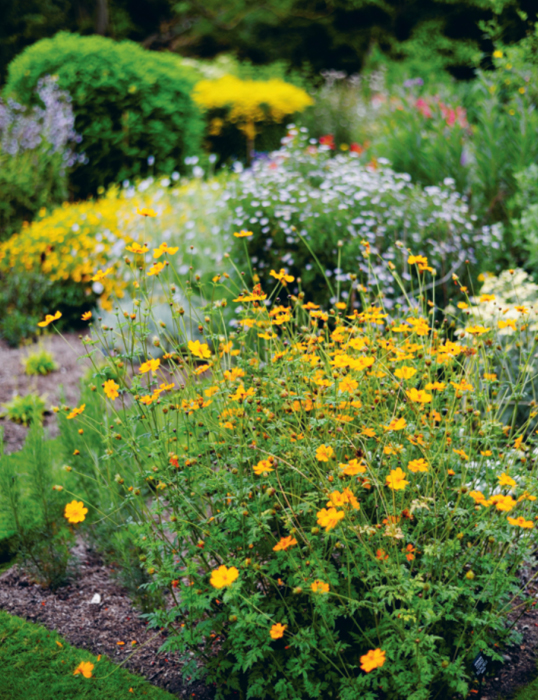
INTRODUCTION
I have been working in the field of aromatherapy and medical herbalism for more than forty years, and over the past three decades I have been fortunate enough to have also had the opportunity to create several aromatic gardens. Growing scented plants and herbs has brought the whole field of aromatic medicine vividly to life for me and has helped enrich my understanding and transform it from simply one of theory into a direct experience of the inherent nature of the plants themselves. Gradually I have come to know the distinct character and temperament of the different plants: mint, for example, is a gregarious type that will take over the whole garden if not kept in check; wild thyme is tough and independent, used to putting up with difficult conditions; others, like chamomile and marigold, are mild and easy-going by nature and will even help to look after other plants around them. Of course, many of the tropical plants familiar to the aromatherapist, such as sandalwood, clove or cinnamon, are impossible to cultivate in colder climates. Nevertheless, other exotic plants, such as the madonna lily or the hardy jasmine species, have adapted to more temperate climates, while tender species, such as citrus trees and scented pelargoniums, will thrive given the protection of a greenhouse or conservatory.
In the first scented garden that I designed, I took on an already well-established garden. At the back of the house was an overgrown potager with a pleached lime hedge running the length of the boundary. The vegetable garden was divided in half by a line of old espalier apple trees. I was very grateful for these traditional features, which would have taken many years to establish if I had started from scratch.

Peony (Paeonia)
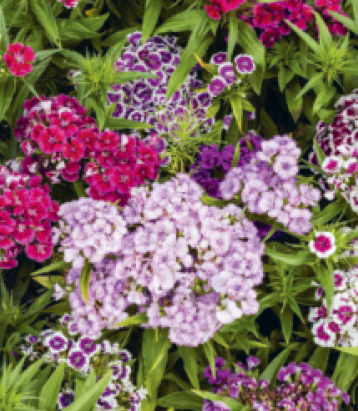
Sweet Williams (Dianthus barbatus)
I did, however, change the overall layout of this section of the garden. On one side of the apple trees, closest to the kitchen, I created a traditional herb garden laid out around a standard variegated box in the centre. Herbs were planted according to species, as in the old monastic physic gardens, with all the types of sage in one bed, thyme in another, and artemisias, lavenders and mints, etc., each in their own bed. As time passed, I became more relaxed and inter-planted old roses, peonies and irises amongst the more classic medicinal and culinary herbs. I also allowed the fennel to self-seed freely, along with lady's mantle, marigold and frilly pink opium poppies. Then I planted a line of fragrant standard roses to further divide the herb garden from a scented cutting garden. Here I mixed aromatic bulbs, such as madonna and regal lilies, with scented annuals such as sweet williams, stocks and heliotrope or cherry pie.
The front of the house was also largely overgrown, but here again there were redeeming features that were retained and incorporated into the new design. Two ancient wisterias graced the south wall near the entrance porch although the white species (Wisteria sinensis Alba) flowered profusely with a divine perfume and the purple barely at all. I planted the rose Zephirine Drouhin in the semi-shade by the gate and the hardy jasmine (Jasminum officinale) to climb over the porch. A rather ragged box hedge formed a rectangular compound outside the front door. I fed and renovated this and eventually it matured to form the basis for a miniature, classical rose garden with several perpetually flowering cerise Rosa De Rescht and the sumptuous, richly perfumed burgundy Dark Lady as standard features.
In the very dry, sunny raised bed against the porch I massed various varieties of cistus, including C. ladanifer, not only because they looked stunning tumbling over the old stone but also because they were one of the few plants that seemed to thrive in such a free-draining site. On very hot days, they exuded a lovely rich, almost resin-like aroma the so-called labdanum gum from cistus is used extensively in perfumery. The small patio area in front of the house was defined by a wooden pergola hung with the rosyleaved rambling rose Albertine together with a common honeysuckle

